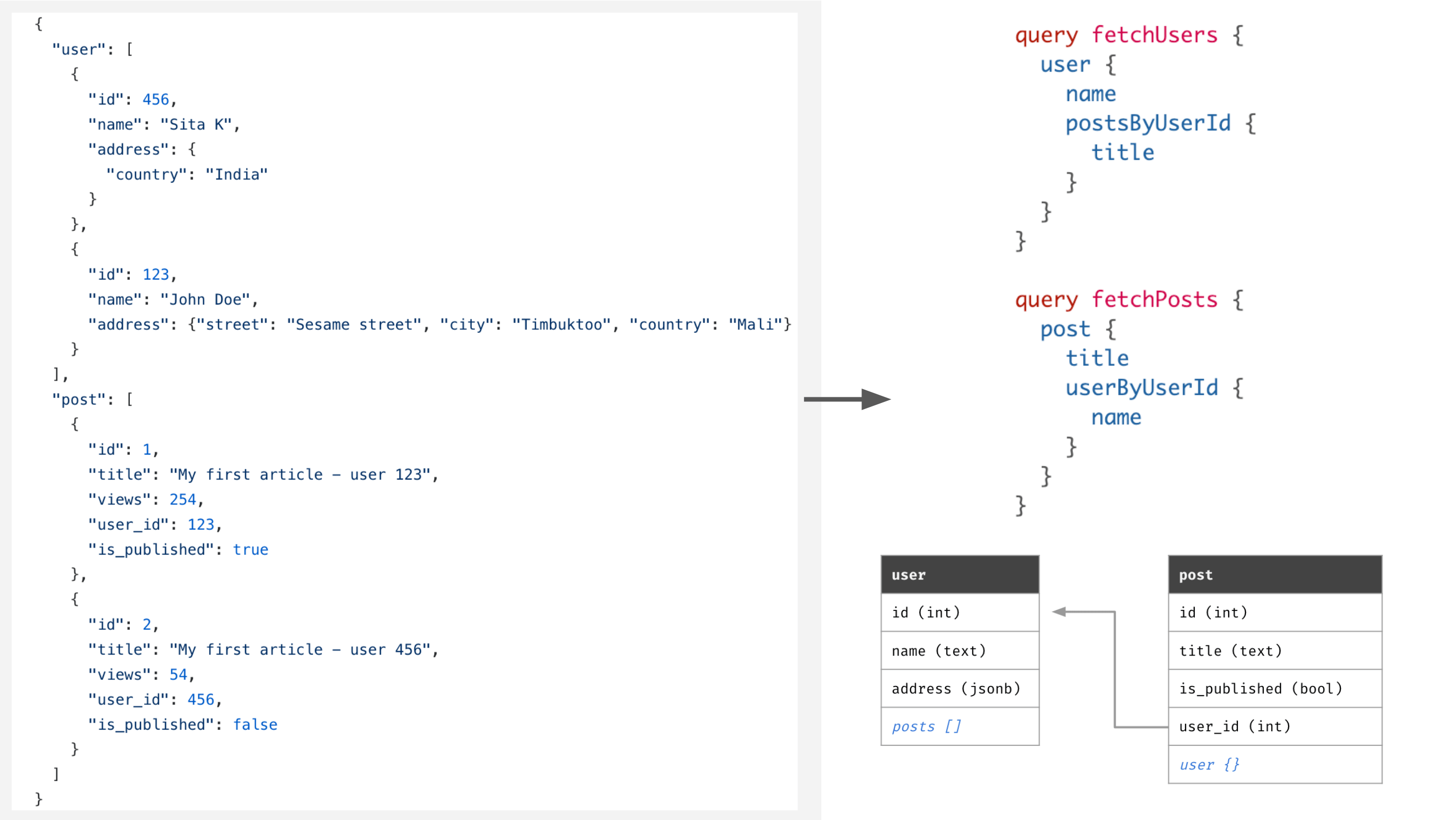
If duplicate keys are specified in the input, only the last value is kept. (The processing functions consider the last value as the operative one.) By contrast, jsonb does not preserve white space, does not preserve the order of object keys, and does not keep duplicate object keys. Also, if a JSON object within the value contains the same key more than once, all the key/value pairs are kept. jsonb also supports indexing, which can be a significant advantage.īecause the json type stores an exact copy of the input text, it will preserve semantically-insignificant white space between tokens, as well as the order of keys within JSON objects. The json data type stores an exact copy of the input text, which processing functions must reparse on each execution while jsonb data is stored in a decomposed binary format that makes it slightly slower to input due to added conversion overhead, but significantly faster to process, since no reparsing is needed. The major practical difference is one of efficiency. The json and jsonb data types accept almost identical sets of values as input. To implement efficient query mechanisms for these data types, PostgreSQL also provides the jsonpath data type described in Section 8.14.7.

PostgreSQL offers two types for storing JSON data: json and jsonb. There are also assorted JSON-specific functions and operators available for data stored in these data types see Section 9.16. Such data can also be stored as text, but the JSON data types have the advantage of enforcing that each stored value is valid according to the JSON rules. JSON data types are for storing JSON (JavaScript Object Notation) data, as specified in RFC 7159. There’s a prewarming phase which issues 100 requests and then a profiling phase with 20k of requests.8.14.1. The requests are run in strictly defined sequence, fetching the orders one by one.

The app is running on java 11 with EpsilonGC turned on - this allows us to verify memory consumption of each solution. The benchmark is always run against a fresh setup (db + app). The demo project includes a JMeter configuration and a bash script which verifies the configurations. We are also unsure about the V3 which requires additional unmarshalling phase - could it impact the performance badly? We suspect the V2 version to be faster than the competitors.
#Postgres json query example verification#
It is also a great verification step which makes us sure the V1 and V2 results are identical. This version is very similar to V2 but it introduces an additional step of unmarshalling. The baseline version simply exposes JPA entities: The data are exposed in three different ways. I have prepared a demo application running on Spring Boot which exposes example data from the northwind database.
#Postgres json query example how to#
Let me demonstrate how to use JDBC to leverage the performance, with the help of modern Postgres features. On the other hand, relatively few are willing to use plain JDBC, considering the amount of additional work it requires.

It is a widely known fact that ORM’s impact performance, compared to pure JDBC. Unfortunately it doesn't come without a price since we have to pay with degraded performance. It became the de-facto standard for a reason - it offers great flexibility and ease of use. The typical choice for a Java application is to use JPA as the persistence layer abstraction. Let’s have a look and see how can we make use of them to improve our application’s performance. It is so popular that database creators decided to implement it directly in the database engines.Īll modern databases offer JSON processing capabilities. They are very often associated with an extremely popular data format - JSON. RESTful API’s are ruling the industry nowadays.


 0 kommentar(er)
0 kommentar(er)
